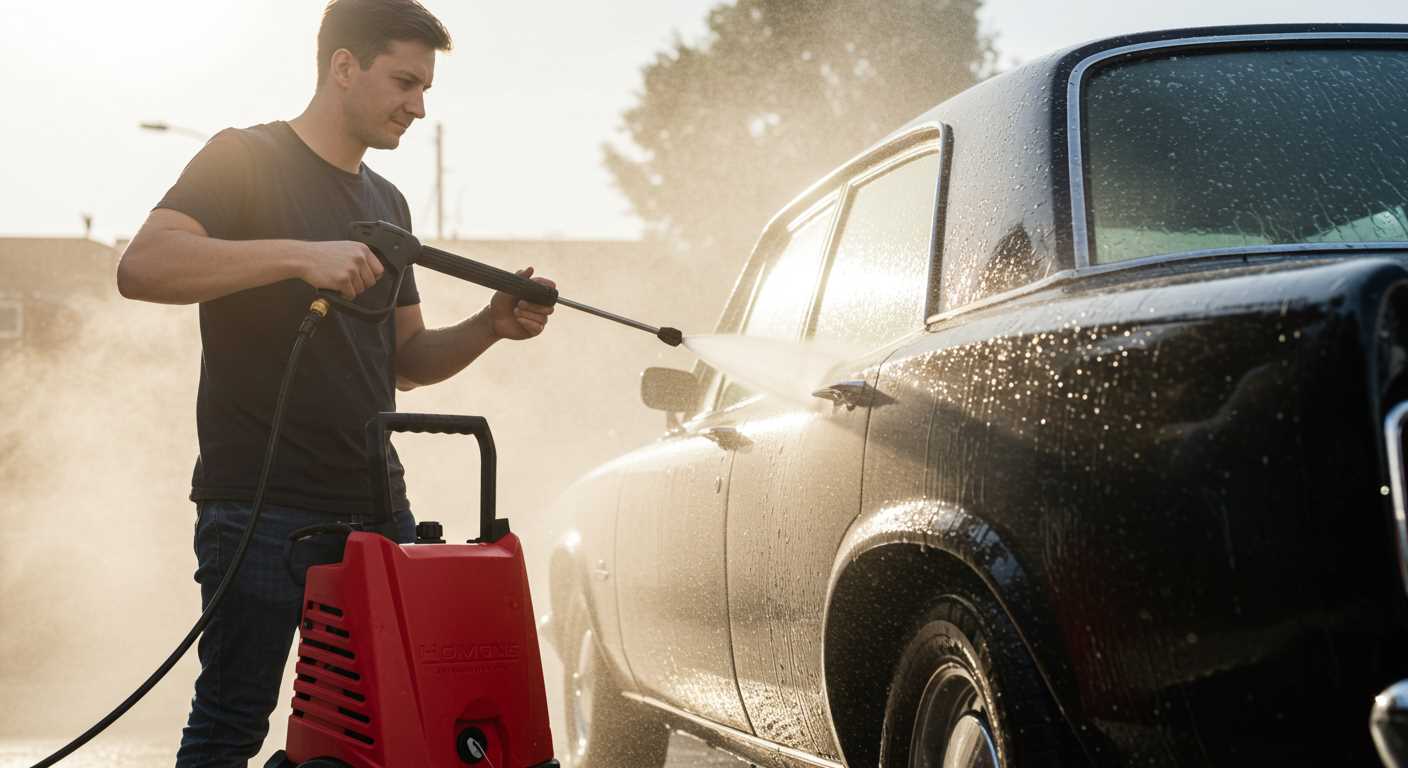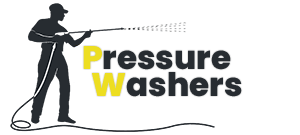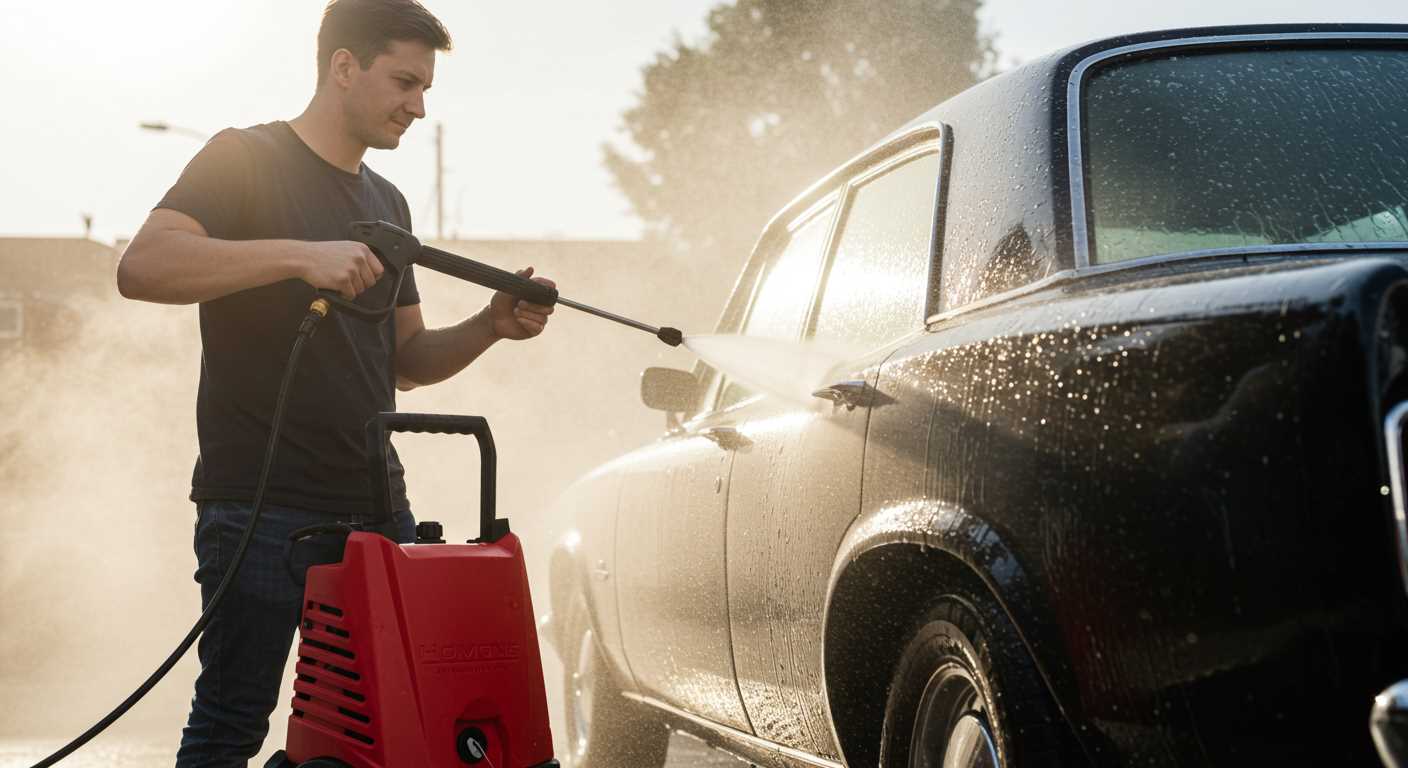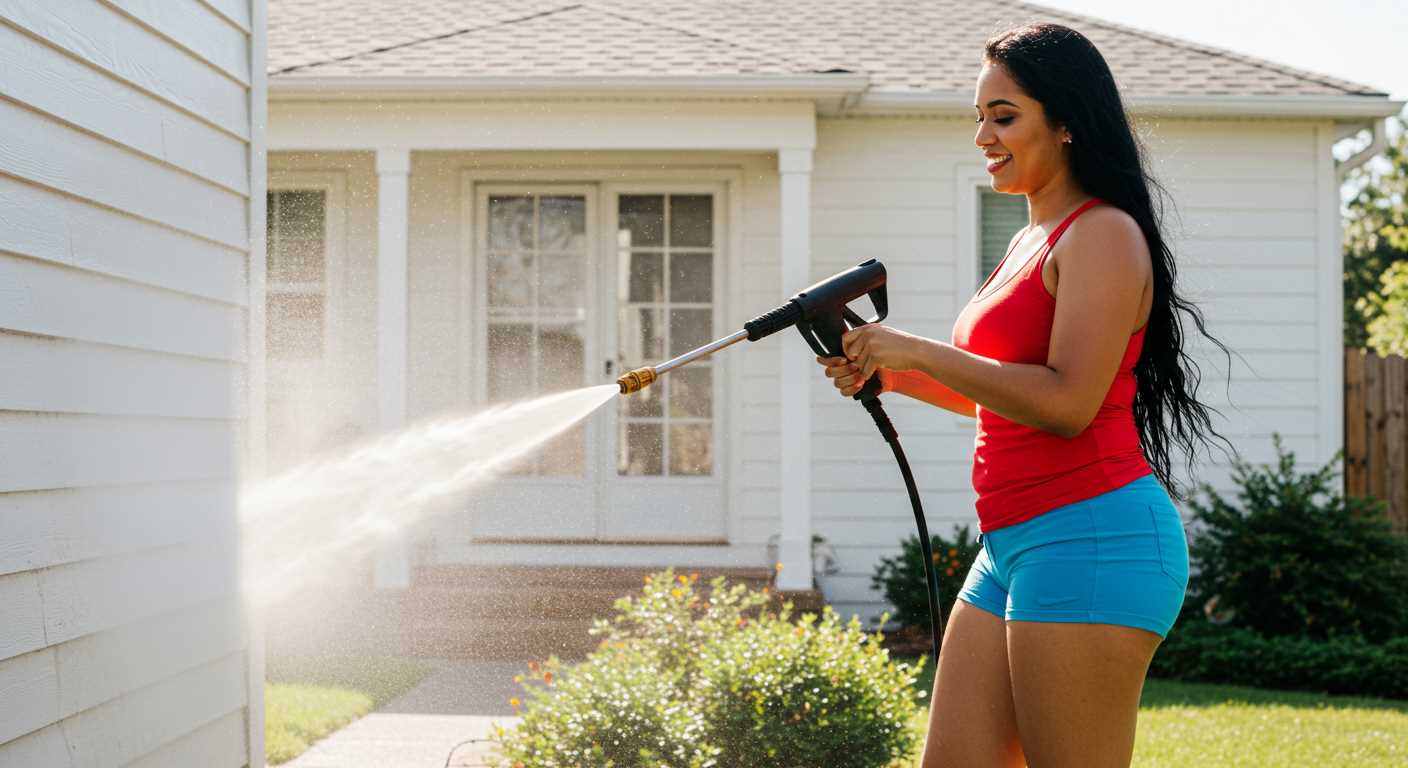




Start by checking for any unusual noises coming from the unit. A grinding or rattling sound can often indicate internal damage or wear. In my experience, the first sign of trouble usually presents itself through auditory clues. If something doesn’t sound right, it’s worth investigating further.
Next, observe the water flow. If you notice a significant drop in pressure or an inconsistent spray pattern, this could signal a malfunction. During my years in the industry, I often encountered machines that appeared to work fine initially but later showed erratic performance. A steady, strong stream is what you want; anything less can mean trouble lurking beneath the surface.
Visual checks are equally important. Look for leaks around any connection points. A small drip can quickly escalate into a more serious problem if left unchecked. I recall a case where a minor leak led to major repairs later on, all because it was ignored at first. Addressing these issues early can save both time and money.
Lastly, keep an eye on the temperature of the unit during use. If it overheats, it could be a sign of insufficient lubrication or other underlying issues. I’ve seen machines shut down mid-operation due to overheating, which is never a pleasant experience. Consistent performance should include a manageable operating temperature, so don’t overlook that aspect.
Identifying Unusual Noises from the Pump
Unusual sounds from the motor can indicate underlying issues. Listen for any rattling, grinding, or hissing that deviates from the norm. These noises often signal wear or damage within the assembly.
Common Unusual Noises and Their Implications
| Noise Type | Possible Cause | Recommended Action |
|---|---|---|
| Rattling | Loose components or debris | Inspect for loose screws or foreign objects |
| Grinding | Worn bearings or internal damage | Check for wear and consider replacement |
| Hissing | Air leaks or pressure issues | Examine seals and connections for leaks |
| Banging | Misalignment or cavitation | Inspect alignment and fluid intake |
Personal Insights on Noises
During my time in the field, I encountered various machines with distinctive sounds. One particular instance involved a unit that emitted a constant grinding noise. Upon inspection, I found that a bearing had failed, leading to significant internal damage. Addressing the issue early could have saved the owner from an expensive repair.
Another case involved a hissing sound that turned out to be a loose seal. Tightening it not only resolved the noise but also restored the efficiency of the unit. Recognising these sounds early is key; they often indicate something more serious that needs attention.
Checking for Leaks in the Pump System
Begin the inspection by visually examining all connections and hoses. Look for any signs of moisture or water pooling around these areas, as they often indicate potential leaks. Pay close attention to the seals and fittings; if they appear worn or damaged, it’s a strong signal that replacements are necessary.
Testing for Pressure Loss
A quick way to check for leaks is to monitor the pressure gauge during operation. If you notice a significant drop in pressure while using the equipment, this may suggest that fluid is escaping somewhere in the system. To pinpoint the source, turn off the unit and conduct a careful examination of all joints and hoses for any visible cracks or breaks.
Using Soapy Water to Identify Leaks
Another practical method involves applying a soapy water solution to suspected areas. Spray it generously on the connections and hoses; if bubbles form, it clearly shows that air is escaping due to a breach. This technique is both effective and easy, allowing for swift identification of problematic areas that require immediate attention.
Assessing Pressure Output During Operation
To determine if the cleaning device is functioning correctly, monitor the pressure output while it’s running. An effective approach involves observing the pressure gauge, if available, or assessing the cleaning performance directly.
Steps to Evaluate Performance
- Activate the equipment and allow it to reach its operational state.
- Check the pressure gauge reading. If the gauge shows significantly lower pressure than the manufacturer’s specifications, that’s a red flag.
- Conduct a cleaning test on a small, visible area. If the surface remains dirty or takes significantly longer to clean, the pressure may be insufficient.
Signs of Insufficient Pressure
- Water flow appears weak or inconsistent.
- There’s a noticeable drop in cleaning efficiency, especially on tough stains.
- Inconsistent spray pattern, which can indicate issues within the internal components.
If you’re looking for a reliable unit for specific tasks, consider a pressure washer for cleaning decks. It’s essential to have the right equipment to ensure optimal performance and quality cleaning results.
Inspecting for Overheating Issues
Start with checking the temperature of the unit after use. If it feels excessively hot to the touch, that’s a strong indication of overheating problems. I recall a situation with a friend’s cleaner; it was constantly running hot, and after a thorough inspection, we discovered that debris had clogged the cooling fins. Clearing that out made a significant difference.
Monitor Operating Time
Pay attention to how long you run the machine during each session. Extended use without breaks can lead to overheating. I’ve seen units that are designed for intermittent operation getting pushed beyond their limits. Taking short breaks can help maintain a safe operating temperature. If frequent pauses are needed to cool it down, that’s a clear sign something is wrong.
Check for Blockages
Inspect the intake and exhaust areas for any obstructions. I once found a pressure cleaner in my workshop with a layer of dust blocking airflow. Cleaning these areas improved performance drastically. Also, ensure that the water supply is adequate; low water flow can cause overheating issues as well. If the water isn’t reaching the right pressure, the motor may work harder, generating excess heat.
Evaluating Water Flow Consistency
Consistent water flow is a key indicator of functionality in any high-pressure cleaning unit. To assess this, observe the output while the machine is operating. A steady stream without interruptions or fluctuations suggests proper operation. If you notice stuttering or a drop in flow, it may indicate underlying issues.
During my time in the industry, I often encountered units where the inconsistency in water flow was the first sign of trouble. For instance, a colleague once brought in a model that seemed to have a mind of its own. One moment, it would deliver a powerful jet, and the next, it would sputter like a fountain running out of water. Upon inspection, we found debris clogging the inlet filter, which was a relatively easy fix. Regularly checking filters can prevent such problems from escalating.
Also, monitor the water source. Ensure that the hose is clear and free from kinks. A blocked or damaged hose can lead to significant pressure drops and affect flow. I once replaced a client’s hose that looked fine on the outside but had unseen damage on the inside, restricting water flow. It’s surprising how often a simple hose check can resolve flow issues.
Finally, inspect the quick-connect fittings. These can sometimes develop leaks or become loose, impacting water delivery. I remember a situation where a loose fitting led to a very frustrating day for a customer trying to complete a job. Tightening or replacing fittings can often restore the expected performance.
Monitoring for Pulsating or Irregular Spray
When operating a high-pressure cleaning unit, an even and consistent spray is paramount. If you notice a pulsating or erratic flow, it could signal underlying issues. I recall a situation where a client reported inconsistent spray patterns while washing a patio. Upon inspection, the irregularity stemmed from a faulty sealing mechanism in the unit’s water inlet. This caused air to enter the system, leading to pulsations.
To assess if you’re facing similar problems, first, observe the spray pattern closely. A steady stream should be continuous without fluctuations. If you see bursts or a stuttering effect, it’s time to investigate further. A simple test involves running the unit at different pressure settings. If the pulsations persist across various settings, it’s a strong indication that something isn’t functioning correctly.
Another diagnostic step involves checking the nozzle. A clogged or damaged nozzle can disrupt the flow, creating an inconsistent spray. I’ve often found that a quick clean or replacement of the nozzle resolves these issues. Regular maintenance, including cleaning the nozzles and filters, is crucial for optimal performance.
Lastly, the hoses should be inspected for kinks or blockages. I once encountered a case where the hose was pinched, causing pressure fluctuations. Ensuring a free flow of water through the entire system is essential for a stable spray. If you address these factors and still experience irregularities, it may indicate deeper mechanical issues that require professional attention.
Recognising Signs of Wear and Tear
Inspect for visible cracks or corrosion on the housing. Over time, components can degrade due to prolonged exposure to water and chemicals. I recall a unit I examined that had a small fracture on its casing, which eventually led to a complete failure. A careful visual inspection can save you from bigger headaches later.
Check the seals and O-rings for brittleness. These parts deteriorate with age and can lead to performance issues. I’ve seen instances where a simple replacement of these components restored functionality instantly. Keep an eye out for any signs of rubber breakdown, as this can significantly impact pressure consistency.
Examine the connectors and fittings for rust or wear. During one of my assessments, I found that worn connectors were causing a loss of pressure. Replacing them not only improved performance but also extended the life of the entire system. Regular checks can prevent these small issues from escalating.
Pay attention to the mounting points and brackets. If they appear loose or damaged, it could cause misalignment and operational inefficiencies. I once encountered a situation where a misaligned unit caused uneven wear, resulting in costly repairs. Ensuring everything is securely fastened can prevent unnecessary strain on the equipment.
Look for signs of discoloration or staining around the unit. This could indicate leaking fluids or internal damage. I remember a case where a customer noticed a yellowish stain, which led to the discovery of internal leaks. Addressing these signs promptly can mitigate further problems and ensure longevity.
Testing the Relief Valve Functionality
Begin by turning off the machine and disconnecting the water supply. Locate the relief valve, which is typically situated near the pump assembly. Ensure the valve is clean and free from debris, as blockages can hinder its operation.
Steps to Test the Relief Valve
- Reconnect the water supply, ensuring there are no leaks.
- Start the unit and allow it to build pressure. Observe the pressure gauge; it should rise steadily.
- Watch for the relief valve to engage. You should hear a noticeable release of pressure when it activates, usually accompanied by a slight sound of water escaping.
- If the valve does not open or you do not hear the expected sound, it may be stuck or malfunctioning.
Signs of a Faulty Relief Valve
- Continuous high pressure without the valve releasing.
- Water leaking from the valve itself, indicating wear or damage.
- Inconsistent pressure readings during operation.
In my experience, a faulty relief component can lead to severe issues, including pump damage. Regular checks can prevent these costly repairs. Always consider replacing the valve if it shows signs of malfunction, ensuring the longevity of the machine.
Consulting the User Manual for Troubleshooting Tips
Always start with the user manual. It’s the most reliable source for troubleshooting issues with your cleaning equipment. When I faced a problem with a unit I was testing, the first thing I did was grab the manual. It contained detailed diagrams and troubleshooting steps specific to that model.
Referencing Specifications and Recommendations
The manual includes essential specifications that can help pinpoint issues. Pay attention to the recommended pressure settings and flow rates. For instance, I once miscalibrated a device, thinking it could handle higher pressure than suggested. The manual pointed out the optimal settings, saving me from potential damage.
Understanding Maintenance Guidelines
Regular maintenance instructions are typically outlined clearly. Following these steps can prevent many common problems. I recall a time when I overlooked a simple maintenance task, resulting in performance issues. The manual had a checklist that reminded me of crucial maintenance steps like changing the oil or cleaning filters.
Don’t forget to check for troubleshooting tips related to specific symptoms you observe. For detailed insights on unrelated topics, you might find this link useful: can an electric fence injure dog.
In my experience, consulting the user manual not only aids in resolving issues but also enhances the lifespan of the equipment. Each model has unique characteristics, and familiarising yourself with them through the manual can make a world of difference.
FAQ:
What are the signs that indicate my pressure washer pump might be failing?
There are several indicators that your pressure washer pump could be malfunctioning. Common signs include decreased water pressure, unusual noises such as grinding or rattling, leaks around the pump area, or a failure to start. Additionally, if you notice that the water is not being expelled properly or if it is sputtering, these could also be signs of a bad pump. It’s important to monitor these symptoms closely, as they can lead to further damage if not addressed promptly.
How can I diagnose whether my pressure washer pump is bad?
To diagnose a potentially faulty pressure washer pump, first inspect for visible leaks and check the connections to ensure they are secure. Next, test the pressure output by using a pressure gauge; if the readings are significantly lower than expected, this suggests an issue. You can also listen for any abnormal sounds during operation, as these often indicate internal problems. If you are comfortable doing so, disassemble the pump and check for worn or damaged components, such as seals or bearings, which may need replacing.
What should I do if I suspect my pressure washer pump is bad?
If you suspect that your pressure washer pump is not functioning properly, the first step is to stop using the machine to avoid further damage. Next, refer to the user manual for troubleshooting tips specific to your model. If you’re not familiar with mechanical repairs, it might be best to consult a professional technician who can accurately assess the pump’s condition. In some cases, the pump may simply need a seal replacement or cleaning, but if the damage is extensive, you may need to consider a complete pump replacement.
Can I repair my pressure washer pump myself, or should I hire a professional?
The decision to repair your pressure washer pump yourself or to hire a professional depends on your comfort level with mechanical tasks. If you have experience with tools and repairs, you might be able to handle minor fixes, such as replacing seals or cleaning the pump. However, if the issue seems more complex or if you are unsure about the problem, it is advisable to seek help from a professional. They will have the expertise to diagnose the issue accurately and ensure that any repairs are performed correctly, which can save you time and potential frustration.




.jpg)


